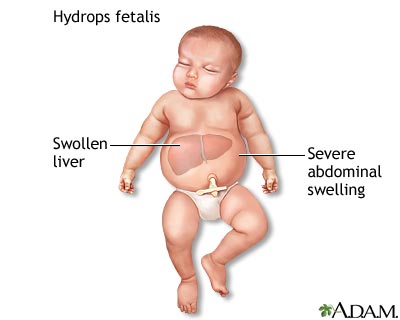Since the Rio Carnival participants are largely domestic, and the spread of Zika virus is already extensive, it will be challenging to assess if there was excess transmission related to the Carnival. Although winter temperatures mean that mosquito density is expected to be low in Brazil at the time of the Olympics, given the summer time mosquito density in the northern hemisphere, including in Saudi Arabia, the introduction of a few infections to the mosquito population might be sufficient to cause outbreaks of Zika virus in other countries.
The author addresses an important counter-argument that the mosquitoes are not in their maximum capacity during the time of the Carnival, but quickly counters this by stating that it takes just a few infections to cause an outbreak in a new area.
